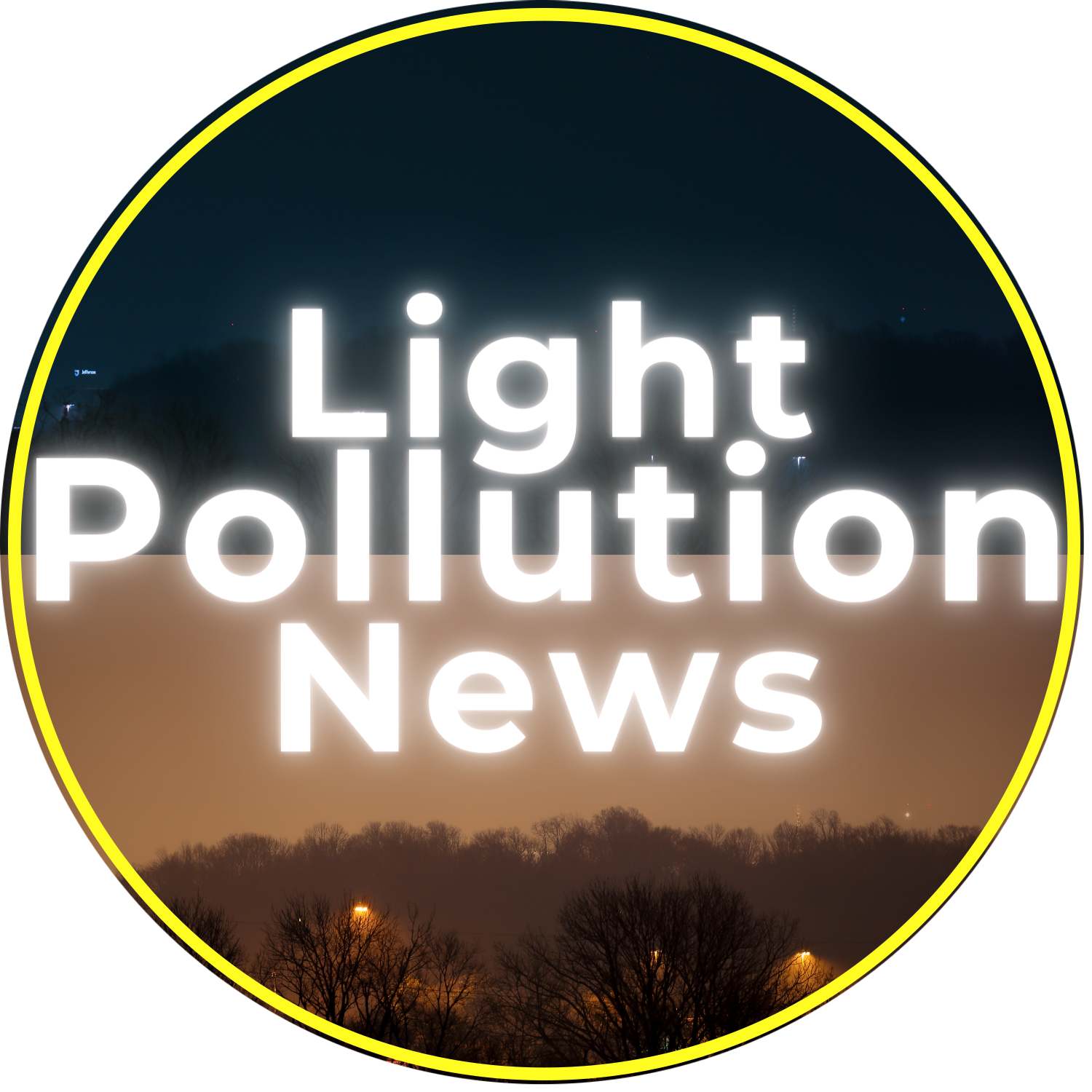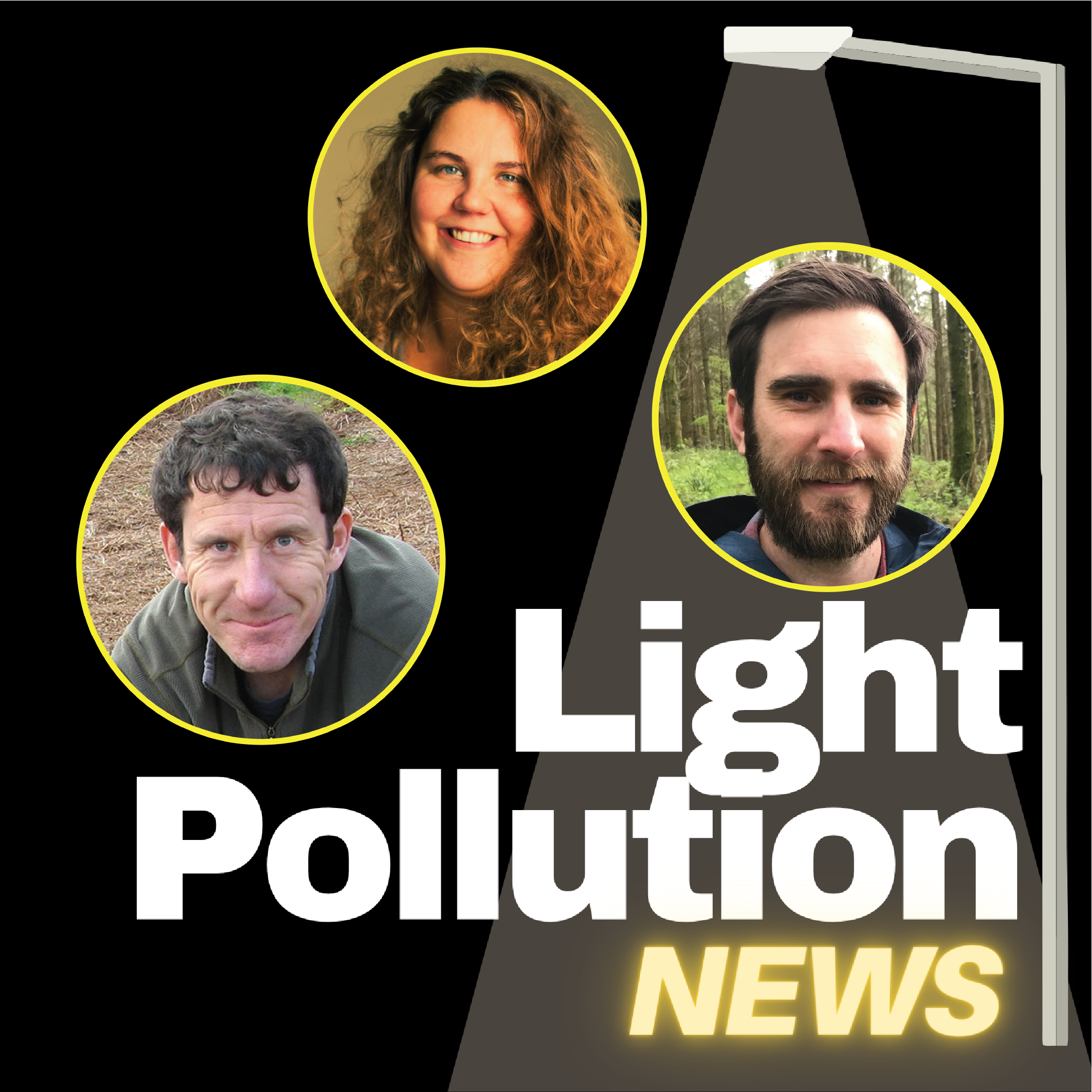
Join the conversation at r/lightpollutionnews or Follow us @Light.Pollution.News or LightPollutionNews. Join our mailing list.

June 2024: Crap Lighting, Light Pollution News.
Host:
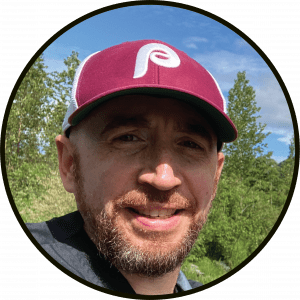
Guests:
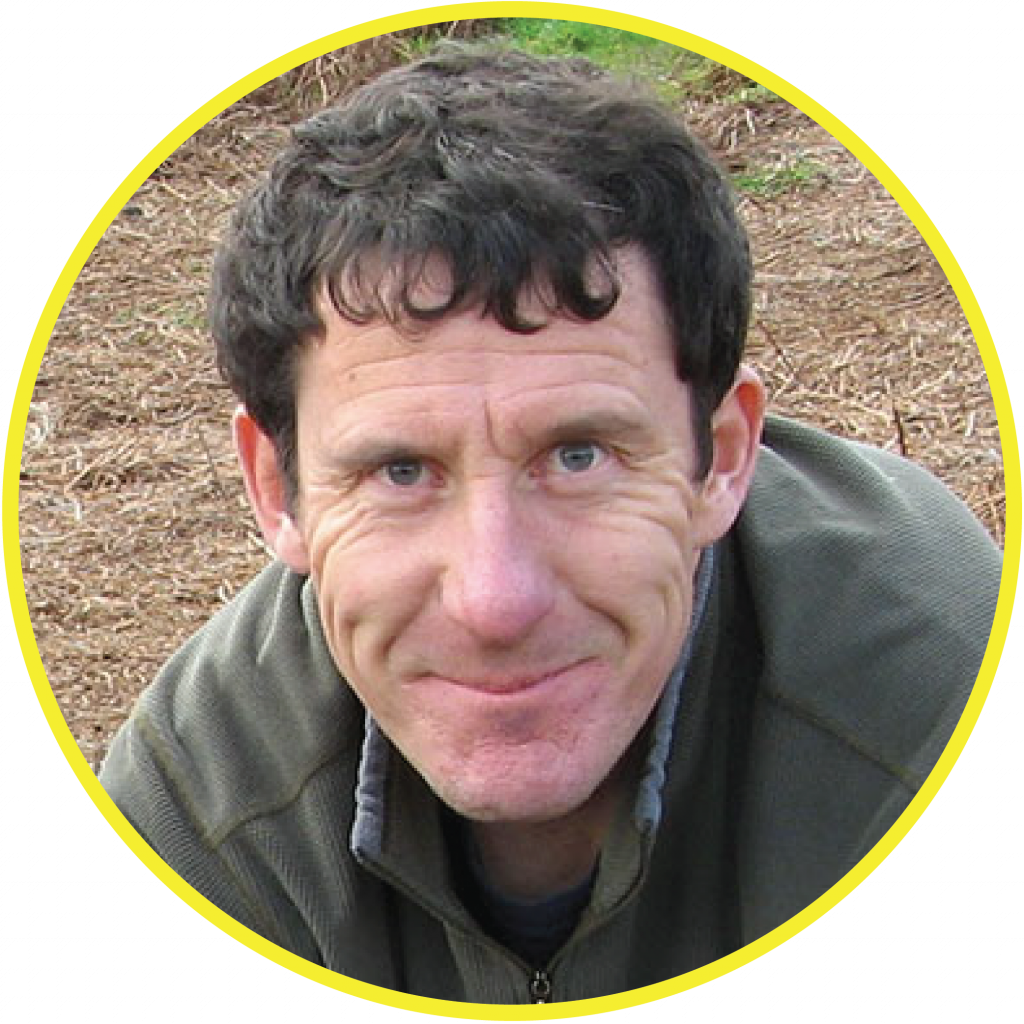
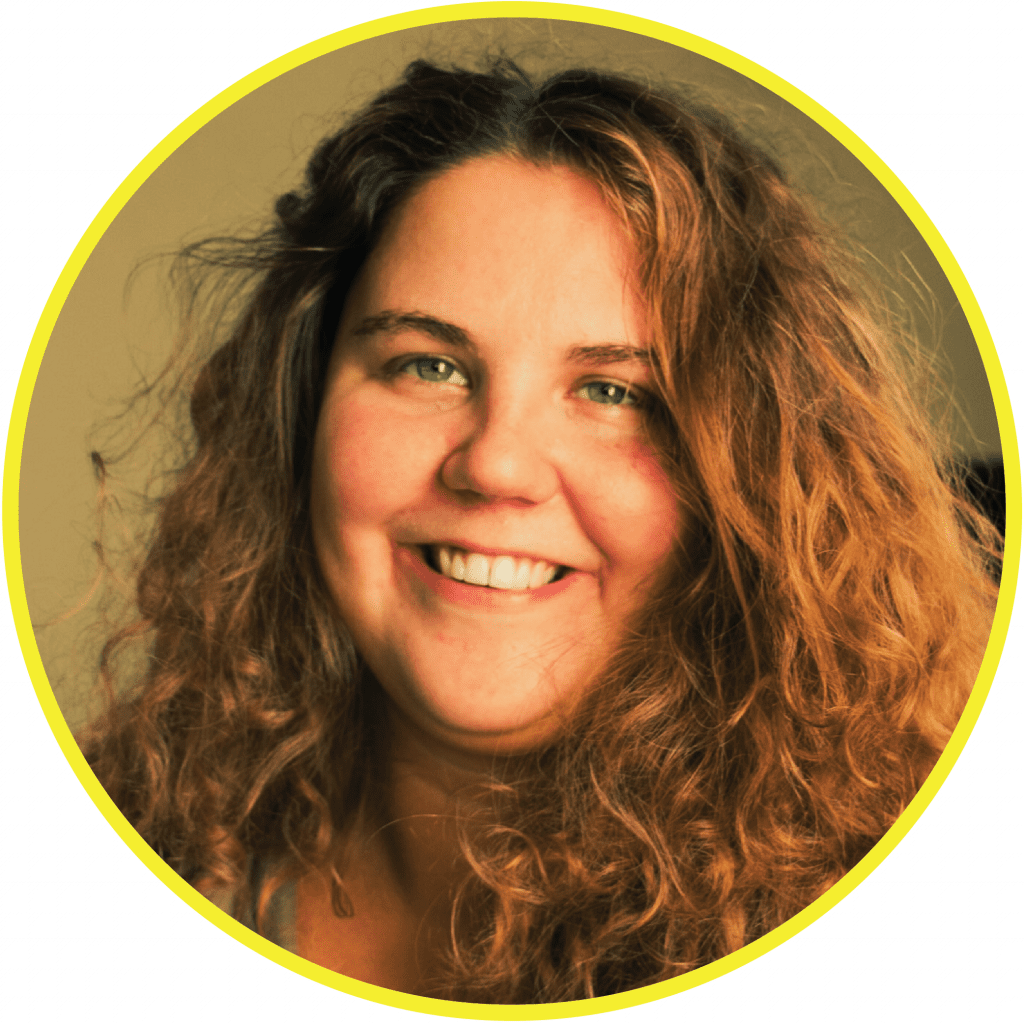
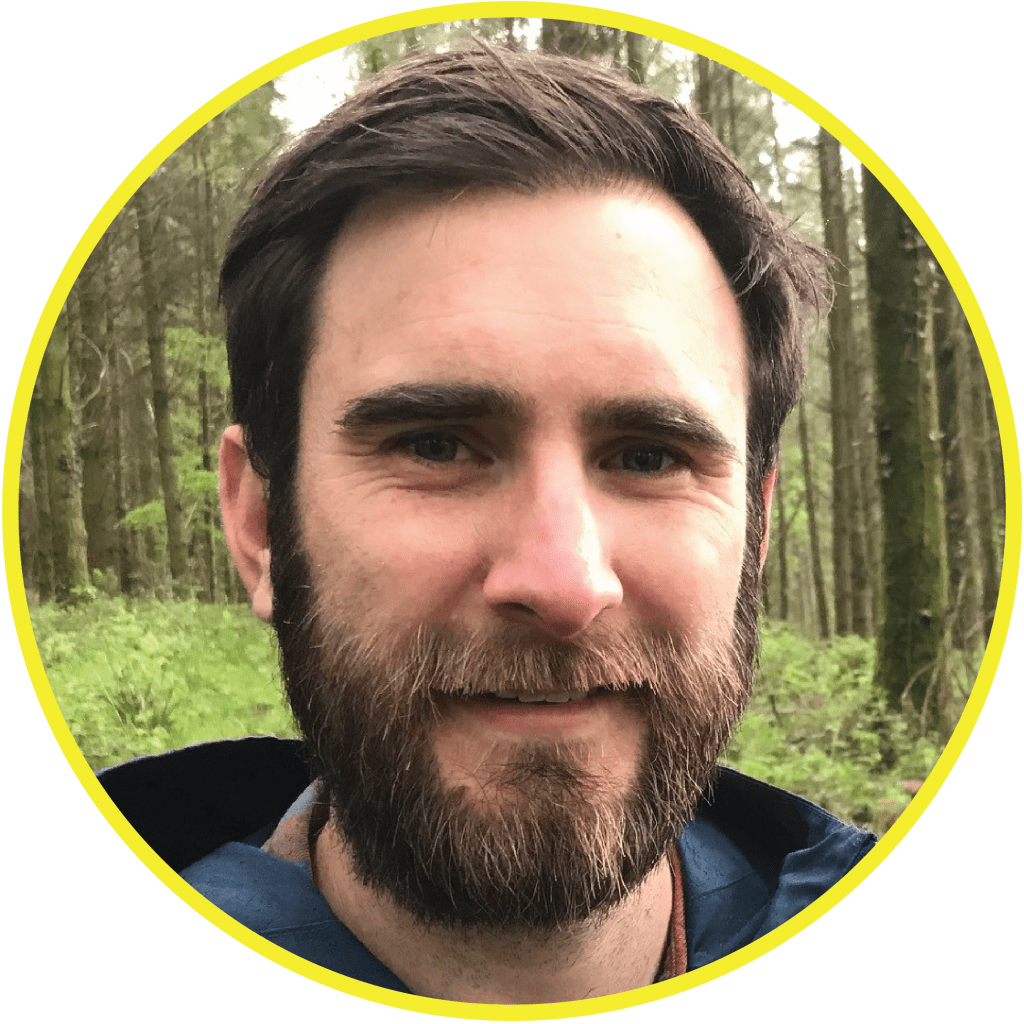
Jack Ellerby
Jack Ellerby raises awareness of the value of Dark Skies across Cumbria, and
nationally with others, inspiring communities, businesses and organisations to
reduce light pollution. The benefits are a win-win; healthier lives, reduced energy use
and carbon emissions, saving nocturnal wildlife (eg bats and insects) and to allow
local people and visitors to enjoy seeing the stars at night (Astronomy,
Astrophotography, Scientific understanding, etc.).
Previously Ellerby worked in planning and managed community projects at Exmoor, the
Lake District and North York Moors National Parks; was a Policy Officer for Friends
of the Lake District (2002-2014) covering many issues & woodland management;
was a full-time self-employed landscape contractor up to starting the current Dark
Skies role in April 2020 back with charity Friends of the Lake District.
Yana Yakushina
Yana Yakushina is a lawyer, researcher, and dark sky protection educator. Yakushina is actively involved in initiatives related to light pollution mitigation and space law. Yakushina has successfully participated in international legal research projects, collaborating with organizations such as the EU Commission, Dark-Sky International, and the International Astronomical Union, among others.
Currently pursuing a PhD at the University of Ghent (Belgium) as part of the Horizon EU project – PLAN-B, Yakushina is shaping the legal framework for recognizing light pollution as a critical environmental concern. Yakushina also serves as one of the scientific coordinators of the project with the main task of strengthening efforts to establish a robust legal framework for addressing the negative effects of Artificial Light at Night (ALAN) on the environment and biodiversity.
On the space law front, Yakushina serves as the Deputy Executive Director at the Space Court Foundation Inc. Additionally, in 2023, Yakushina became a co-founder of the Belgian dark sky protection organization – Living Night.
David Smith
David Smith is an award-winning campaigner and environmental advocate. Smith has worked on a range of policy issues including plastic pollution, water quality, land use change, and species recovery programs. As Social Change and Advocacy Officer at Buglife – the Invertebrate Conservation Trust, Smith leads advocacy and policy work to help save the small things that run the planet. As part of their policy priorities, Buglife is working to ensure that light pollution is recognized as an environmental pollutant with legally binding targets to reduce levels and relieve the pressure light pollution puts on the natural world.
Article List:
- Indy zoo animals created a symphony of sounds during the eclipse — until totality hit, Karl Schneider, IndyStar.
- Texas Zoo Researchers Record ‘Unusual’ Animal Behaviour During Solar Eclipse, News18.
- Quebec zoo examined animal behaviour during last week’s total solar eclipse, Sidhartha Banerjee, The Globe and Mail.
- Why some animals become agitated during solar eclipse, Basel Hindeleh, ABC News.
- Fading lights: Comprehensive study unveils multiple threats to North America’s firefly populations, Jordan Strickler, Phys.org.
- Artificial Light at Night Reduces Flashing in Photinus and Photuris Fireflies During Courtship and Predation, Journal of Insect Behavior.
- The effect of ALAN on the ecobiological attributes of fireflies (Coleoptera: Lampyridae: Luciolinae): A study from a tropical habitat in India, International Journal of Tropical Insect Science.
- Effects of Artificial Light at Night on Photosynthesis and Respiration of Two Urban Vascular Plants, Forests.
- Field comparison of broad-spectrum white LED-baited traps with narrow-spectrum green LED-baited traps in the capture of Anopheles mosquitoes (Diptera: Culicidae), Parasitology Research.
- Effect of light and noise pollution on oxidative stress and proximate composition in Dreissena polymorpha, Ecohydrology & Hydrobiology.
- Artificial light at night bans Chaoborus from vital epilimnetic waters, Scientific Reports.
- Light pollution affects activity differentially across breeding stages in an urban exploiter: an experiment in the house sparrow (Passer domesticus), Environmental Pollution.
- Artificial light at night and warming impact grazing rates and gonad index of the sea urchin Centrostephanus rodgersii, Proceedings of the Royal Society B.
- UNM scientists find blue light makes buildings more deadly to migrating birds, Steve Carr, University of New Mexico.
- Global study finds there really are more insects out after dark, Mark Wong and Raphael Didham, Phys.org.
- Bright indicator lights ruining your sleep? You’re not alone. Here’s why they exist, Bryan Mena, CNN.
- Artificial light at night affects the daily profile of pulse pressure and protein expression in the thoracic aorta of rats, Hypertension Research.
- Concurrent exposure to light and traffic noise pollution augments behavioral deficits in rats: Protective effect of curcumin, Brain Disorders.
- New border lighting initiatives prompt concern over dark skies, environment, Mary Cantrell, The Big Bend Sentinel.
- Banned in the U.S: Healthy Light Bulbs, Martin Moore-Ede, Psychology Today.
- MHM WANTS TO FIGHT LIGHT POLLUTION, Emmanual Delacour, Est Media Montreal.
- Best lighting practices in MHM, Montreal.
- Guide de bonnes pratiques en matière d ’éclairage, Montreal.
- Senate approves legislation led by Ellman to reduce light pollution, Illinois State Democratic Caucus.
- https://lightpollutionnews.com/hb1803-pennsylvania/.
- Clint and Michelle Stennett Social to Feature Fabulous Auction Items, Karen Bossic, Eye on Sun Valley.
- Protecting the Darkness in Chile’s Atacama Desert, Alexa Robles-Gil, UnDark.
- NHTSA Roadblocking Headlight Technology That Could Save Lives, Jake Lingeman, Newsweek.
- New headlights could end nighttime blinding, but haven’t hit US roads yet, WRAL.
- A drone show will replace July 4 fireworks in Laguna Beach, Erika I. Ritchie, Orange County Register.
- Jasper’s dark sky tourism could help combat light pollution: researchers, Local Journalism Initiative.
- Residents baffled as Brighton Amex stadium lights up night sky, Daniel Green, The Argus.
- Planning for stadium hopes to combat light pollution risks, Kelley Peters, The Flor-Ala.
- Sky Tavern light plan will permanently change Reno mountain view, Peter Collins, Chris Minnes, John Williams, Sally Broili, Ben Kleinbach, Cody Nelson, Robert H. Broili, Dylan Mattole and Dan Collins, Reno Gazette Journal.
- Lights approved for Sky Tavern ski hill, Jim Krajewski, Reno Gazette Journal.
- Episode #7: Dark Sky Tourism, Avery Morgan, Andrew Galster, and Greg Egbert, The Reflection.
- Tourism and growth are double-edged swords for Utah’s dark sky-certified places, David Condos, KUER 90.1.
- How LA’s Streetlights Serve As Beacons To The City’s Past, Brian De Los Santos, LAist.
- Mirrors in space could boost solar power production on Earth. Here’s how.,Tereza Pultarova, Space.com.
Here in North America, we witnessed a full solar eclipse cut through some of the most populated areas of the continent.
There were several zoos that sat directly in the path of the eclipse, and they didn’t hesitate to observe their residents!
In Indianapolis, leading up to totality, gibbons hooted and sea lions began calling. Elephants paused in their playful antics and birds began roosting close to totality.
In Forth Worth, tortoises rushed to begin their nightly barn ritual; the silverback gorilla, Elmo, yawned more frequently (yawning being a warning of hostility and dominance in monkey lingo). Nocturnal animals, including some owls, began waking.
In Quebec, the Himalayan black bears snoozed right through it. The Japanese monkey, the macaque, stopped all movements and entered a moment of serene calm. As did the typically vocal red-crowned cranes.
Dr. Peter Murray, an associate professor of Wildlife Management at the University of Southern Queensland posits an interesting possibility for why some animals alter their daytime behavior during total eclipses.
Murray believes that the animals simply responded to the unexpected, unexplained darkness as a bad omen based on their lifetime experiences with dark skies, such as rainstorms. He further explains in an article from the Australian Broadcasting Corporation, that animal behavior can be manipulated by changing the photoperiod, otherwise known as changing the length of the day…hence describing how the eclipse affected the animals previously referenced.
It’s said that insect activity increases by 31.4% at night. Don’t take my word for it, take the findings by Dr. Mark Wong of the University of Western Australia (link on the show page). Interestingly, they found that nocturnal activity spiked around aquatic areas as nighttime predators, such as fish, tended to sleep at night, versus terrestrial areas that contended with predatory bats.
Also cited as a reason for nighttime activity was daytime temperature.
And since we’re talking temperatures, a couple of weeks back we had a very unseasonably warm spell here – it felt like July in April. And at that time, we sat out back for a fire and noticed some blinking in the trees. Within a couple of days there was a full blown firefly show in our backyard. Probably one of the better ones I’ve seen in my life.
I’m using this to transition to one of my favorite dark sky topics, and probably one of yours, as well, fireflies.
Not surprisingly, Fireflies, or lightning bugs as they’re known around these parts, are facing significant and serious threats. From Science of the Total Environment, researchers across four colleges and the United States Department of Agriculture identified changing climate patterns related to global warming as a primary culprit….including the greater variation in extreme and unexpected climatic conditions, such as drought or excessively wet conditions.
Researchers in that study did call out artificial light at night, though I have two additional articles that look closer at how artificial light impacts fireflies.
First, from the Journal of Insect Behavior, we learn that artificial light at night disrupts both predatory and courtship related communications. The study looked at 114 male and 57 female fireflies from the Photinus and Photuris firefly species, both common to the Americas. Researchers constructed six tent structures with and without white-LED lights, including three control tents. The white light temperature was chosen to mimic typical human lighting.
With regards to predation, not much changed versus the population subjected to light and the control no light population. One thing to note, males flashed less when females weren’t flashing. However, for courtship, male fireflies flashed less under lit conditions regardless of what flashing patterns the females did under lit conditions.
In a separate article in the International Journal of Tropical Insect Science, researchers found that the intensity of artificial light at night affected the propagation of larvae and adults for three firefly species. The study hinted at shifting compositions of habitat, including increased abundance of larval prey snails.
Staying in the insect realm for a minute, a study out of Parasitology Research found that white LED baited traps were less effective than other colored LED traps for luring the potentially malaria carrying anopheles mosquitos.
Here’s one set of creatures that most people don’t think of as being affected by light pollution. Researchers in the Journal, Forests, looked at two vascular plants: the Japanese spindle tree and the hybrid tea rose. It was found that artificial light at night did two things: first – continuous ALAN impaired the plant’s ability to photosynthesize and respirate; and second – the level of intensity of the artificial light impaired the Japanese spindle tree more than the hybrid tea rose.
Moving under the sea…a study in Ecohydrology and Hydrobiology found that sound and light pollution affect Zebra mussels. Light and sound contributed to an increase in free radical driven oxidative damage and a reduction in protein and lipid compositions.
From Scientific Reports, the insect larvae, Chaoborus flavicans , subject themselves to greater risk under a direct light source, say a street light. Under normal conditions, the larvae hide deep under water until nighttime when it rises to the top to feed. Under artificial light at night, the larvae hung out at a middle depth, which isn’t starved of oxygen like the deeper daytime depths, but rather offers greater risk of predation.
Another one from- Proceedings of the Royal Society B found that artificial light combined with warmer ocean water may increase sea urchin grazing pressure on rocky reefs.
Finally, let’s finish up with a bird many of us know, the ubiquitous house sparrow. From Environmental Pollution, artificial light at night only appeared to affect house sparrows when involved in breeding. At that time, sparrows began their day earlier. Both exposed and non-exposed house sparrows ended their days at the same time. Also, artificial light at night did not appear to have much behavioral effect outside of breeding activity.
And I have one last ecology article here. Researchers at the University of New Mexico, the Nanyang Technology University, and the National University of Singapore identified blue light at night (which includes white LEDs) as being of prime threat to migratory birds.
Here’s an interesting story that wonder if many can relate to.
The other day, I purchased a new headlamp. Like a dummy, I left my other one in a cabin we stayed at. So I ended up purchasing this really nice Blackdiamond headlamp, complete with adjustable brightness for both the white and red colors.
However, on the side of the headlamp were three tiny, and of course, very bright blue LEDs. They would come on anytime you changed a setting. They are so bright that they disrupt my night vision – forcing me to purchase a roll of black electrical tape to cover the indicator lights.
Well CNN had a story asking if bright indicator lights are ruining your sleep – and the fella interviewed in the piece did the same exact thing that I did! He was standing on a ladder, using electrical tape to cover up pointless indicator lights!
If you’re not aware, you might want to check this out – thankfully, most routers and modems offer a function that allows you to either have the indicator lights completely turned off or have them turn off on a timer. You just need to go into the settings of your device via the IP address to turn off the indicator lights.
On the research front, from the journal Hypertension Research, in a study involving male rats, it was found that artificial light at night affected rat blood pressure patterns. Typically, blood pressure rises at night, but when exposed to ALAN, the pattern became unhinged, pointing out potential impacts to the cardiovascular control of blood pressure.
And an interesting one out of the journal Brain Disorders found, yes indeed light pollution imparted stresses including anxiety and depression on afflicted rats. To offset this, the researchers provided affected rats with some sort of curcumin treatment and those rats taking the curcumin reduced associated stresses. For you at home who may not be aware of what curcumin is, it’s one of the main ingredients in the Asian spice, turmeric.
Interesting news out of Texas, the US Customs and Border Protection agency has solicited community comments on a proposed 25.15 mile extension of the planned 44.75 mile non-continuous border wall complex, which features intense stadium style lighting. The proposed stretch, including the currently built piece, sits northwest of Big Bend National Park.
Now we just visited Big Bend, and I have to say, this park blew my mind. I honestly didn’t know what to expect, but it’s probably one of the most interesting and nuanced parks I’ve been to. Big Bend is part of the Greater Big Bend International Dark Sky Reserve, a joint reserve coordinated by both Mexican and US communities.
Former guest Stephen Hummel believes should that lighting go into effect, it may put an end to the reserve.
A really interesting story out of Montreal, Canada. The fourth most populated borough of Montreal, Mercier–Hochelaga-Maisonneuve, abbreviated to MHM, decided to circulate guidance for outdoor lighting.
Based on consultations from the Mont-Megantic International Dark Sky Reserve and Space for Life, the borough will be dipping its toes into promoting responsible lighting practices.
Per the Montreal press release:
“Light pollution is often only known for its effect on the night sky, but the misuse of artificial light also leads to a multitude of negative effects on humans and the environment…”
skip ahead a little…
”Although artificial light is often necessary for safety and to support various human activities at night, it is important that it is used correctly.”
The guide promotes:
- utilizing responsibly aimed lighting fixtures,
- utilizing an appropriate amount of light,
- utilizing warm colored lighting 3000K or less, with a direct suggestion of 1800K-2200K,
- and requests that businesses tone down the lighting when not in direct use (offering up suggestions including highly sensitive infrared surveillance as alternatives to always on light).
The borough is distributing 24,000 copies of the 12 page guide. A link to the French language guide can be found on this show’s page over at LightPollutionNews.com. I did not see an English copy anywhere but I’m sure one exists.
Good news from Chile! A regulation finalized in 2023 looks to reduce light pollution on a national scale. The Ministry of the Environment started work on revisions to the current light pollution law in 2019. Currently, as past guests Bettyamaya Foott, Frank Turina, and Isa Mohammed referenced, there still was noticeable light pollution in the Atacama desert area from miles away.
The new regulation enacted stronger language to help protect “biodiversity and human health,” aiming to reduce color temperature to emit a maximum amount of 7% blue light, and promote responsible fixtures.
Staying on the policy front, the ‘Light Doctor,’ Dr. Martin Moore-Ede wrote a scathing critique of the United States Department of Energy’s plan, which apparently left out specialized circadian rhythm fixtures from their final rule guidance for bulb manufacturers. These are largely related to interior lighting, which by the same effect he mirrors one of my common criticisms of a green washing of sorts by bulb manufacturers to ignore ecological impact in turn for a very narrow definition of positive environmentalism.
Here in the States, Illinois Senator Laura Ellman’s Senate Bill 3501, this is the one we spoke about last month, has passed the Senate and is en route to the Illinois House of Representatives for additional consideration.
If you happen to live in Pennsylvania, House Bill 1803 has been introduced and is out of committee. If you are looking for more information, I put together a sample letter you could use in reaching out to your State representative. The link also summarizes what the bill covers and provides a way for you to both read the full text of the proposed legislation and a way for you to find out who your representative is.
That link is LightPollutionNews.com/hb1801-pennsylvania, and of course that link can be found over on this show’s page at our website.
And since we’re talking politics, how about this as a fundraising effort by the Blaine County, Idaho Democrats – how much would you bid for a chance to “Enjoy an intimate ‘Farm to Greenhouse’ meal with wine, outdoor fire pits, hosted ‘Snow Bar’ and telescopes for night sky viewing with local astronomers and experts”?
…the estimated value of that is $300.
We have another regulatory story tonight, perhaps with an explanation of why car headlights in the United States have become glare bombs. This story may ring true for anyone who had to replace a windshield on a new vehicle.
There’s such a thing called, adaptive lighting, which works through sensors and/or cameras which identify where the optimal spot to put a light beam is. We’re not talking about auto-high beams, which turn on and off depending on if it senses an oncoming car.
Now this technology, maybe not so rare to my guests today, has been existent and in operation in Europe for over a decade! But here in the good ole U S of A, NHTSA, the National Highway Traffic Safety Administration, has decidedly been more timid about updating its rule to force adaptive lighting to be standard.
One reason is that shops and manufacturers disagreed with some of the nuances of the rule, but in reality, it appears to derive from the high costs involved in testing lighting which drew push back from groups involved in the chain of those costs including dealerships and autoshops. So, for the short term at least, it looks like a case of ‘how I learned to stop worrying and love the glarebomb!’
I did find an interesting quote when researching this one, which comes from Greg Brannon of AAA, the car services insurer. “The reason the glare seems worse is that eyes were more comfortable with warmer looking lights, not the blue/whites that we have now.” I noticed this first hand the other night. Parts of a road I routinely drive had the lighting changed from 4000K temperature down to somewhere below 3000K, and I have to say, it’s so much less stressful to drive with warmer lights.
Onto culture, I’m interested in getting your feel for this one. The city of Laguna Beach, California will opt to forgo fireworks this Independence Day, and replace them with the twice as expensive, synchronized drone show accompanied by music.
Here’s an article from Jasper specifically looking at the Jasper Dark Sky Festival. University of Alberta researchers, Glen Hvenegaard and Clark Banack released a study looking at visitor outcomes of dark sky tourism, to specifically see if it changes behavior at home.
If this study sounds familiar, it’s because I briefly mentioned it a couple of shows back. However, today, I have you with us Jack. And since this article was back in the news this month, I wanted to toss it your way.
Sports fields! Now there’s a topic people love! I know we had the story of the English football club, Brighton, apparently not worrying much about their impact on their surroundings despite neighborly outcries.
Well, the University of North Alabama is looking to build a new American football stadium and Dr. Melvin Blake, in the Physics department, has inserted his influence, should there be any, into the room.
Blake wrote a position paper discussing the risks of light pollution along with some recommended solutions. Along with this, he has his students monitoring light pollution rates. I should note that the University of North Alabama has an operational observatory and planetarium.
His advocacy caught the attention of the Director of Athletics, Josh Looney who mentioned that new LED installations at the old stadium actually reduced light pollution for the nearest neighborhoods.
Well, there may be good examples of field lighting, but what about Nighttime Ski lighting?
Outside of Reno, Nevada, Sky Tavern Ski Area, plans to light up their mountain range for sport usage. A group of concerned citizens wrote an opinion piece in opposition to the proposal citing “environmental impact, economic feasibility, community disruption, and increased safety risks.”
Those topics stem from the main complaint, and that is a perceived assault on the community’s night sky. Sky Tavern plans to install 73 lights, which would, per the opposition, deter from both the environmental and aesthetic beauty of the range.
However, the Washoe County Board of Adjustment, which is a zoning board, approved the installation pending the lighting was limited to wintertime and a 9pm shutoff. Sky Tavern claims having night skiing will benefit college and high school ski teams.
Onto astrotourism! This one comes to us from a student podcast at the University of Northern Colorado, the Reflection. And I’ll be honest, I loved this podcast episode!
Student Avery Morgan conducted a survey at the Great Sand Dunes National Park to learn about ‘dark sky tourism.’ Here are some highlights.
Morgan admits that prior to doing this trip, she felt no connection or concern for dark sky parks, but after returning, she has a full appreciation of the value they provide to society.
Morgan’s survey found that of the people attending the park, the group that identified going for the explicit purpose of the starry night sky spent an average of $100-$200 per day.
Morgan found that there’s a false equivalency of light and economic development. Essentially, the assertion states that where there is light, there is money, but in this case, the darkness of the Sand Dunes showcased that dark areas could be a reliable generator of revenue, as well.
One thing that many of us don’t think about when we clamor for saving the forgotten half of day is the actual cost involved in doing just that. Some municipalities have offered rebates, credits, or outright subsidized light fixture conversions.
This one comes to us from David Condos at KUER radio. Near Zion National Park, the town of Springdale met reality first hand. They spent 15 years, and over $1M to install proper street lighting that included shielding and automatic dimmer controls. That’s just on the public end. Springdale is a community of less than 600 people.
We’re close to the end, I have a few more pieces of news for you. First up, and I want to issue a trigger warning because this one is ungodly depressing if you have any inkling toward astronomy or astrophotography.
From Space.com, a company called Reflect Orbital is planning to put gigantic mirrors in the atmosphere to reflect sunlight to solar farms. The plan is to put up 57 satellites that would add 30 minutes of additional sunshine to solar power plants.
Now before you crack open that window to the 37th floor of your condo building, the aim for this is to direct the light at predetermined locations, for which former SpaceX employee, Ben Nowack, claims will make look like a nighttime glow akin to “some construction going on.” The light, supposedly will be targeted directly at the solar power plants only.
Closing out tonight’s show, no I didn’t miss the street lights segment, but I did come across a very interesting article. You’ll recall a number of months back we featured a street light museum in Los Angeles. Well, it seems like street light nostalgia is having a moment out there.
For one, there’s the Urban Light sculpture by Chris Burden, which consists of restored street lamps from the 1920s and 1930s. Visually, the poles sit evenly spaced apart with the tallest two rows in the middle, cascading lower the closer you get to the outside. The lights also blaze aimlessly all night, of course – why wouldn’t they?
Well, an article in promotion for a new book by author, India Mandelkern weaves a story of street lighting as a bridge to the past.
Mandelkern makes note that while Los Angeles may not have the most street lights (the city has 223,000 of them), it certainly has plenty of variety – over 400 designs – making it the most diverse of any US city! Some include fixtures such as the ‘Hollywood Special’ utilizing a string of stars along the side, an Olympic design from 1932 which included cast iron dragons, and a light box style streetlamp that is guarded on its four corners by either topless “classical Greek figures or flapper dancers.”
More importantly for our purposes, historical distribution of such lighting tells a story. According to Mandelkern, paying for a streetlight was the decision of the homeowner, therefore, you tend to see these surviving poles and fixtures in wealthier neighborhoods that utilize them as part of their aesthetic.
Per Mandelkern, depending on the financial abilities and preferences of the homeowner, lighting would ‘tell you who wanted to be seen, who wanted illumination, and who either couldn’t afford it or wanted to be left in the dark.”
Mandelkern brings back some of the old phrasings, calling them electric moons or urban stars, I wonder what we would call them today?
